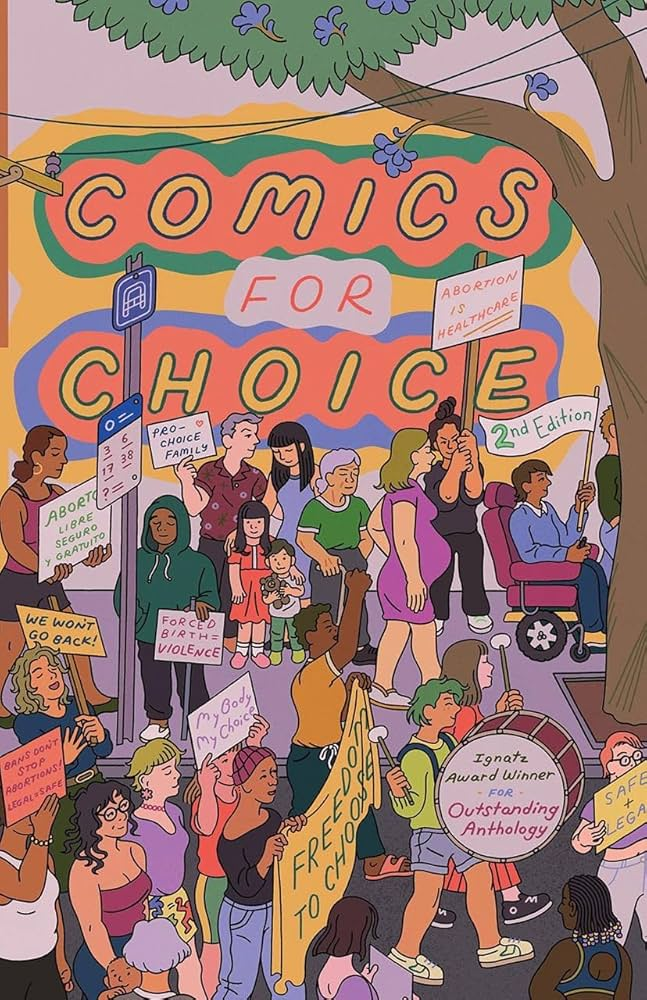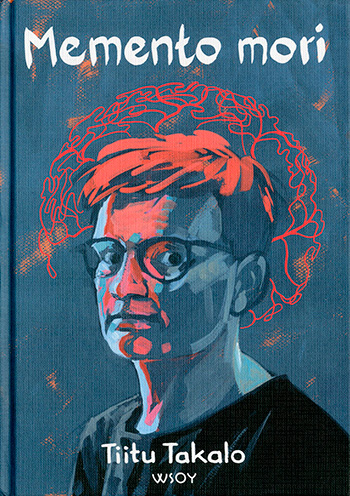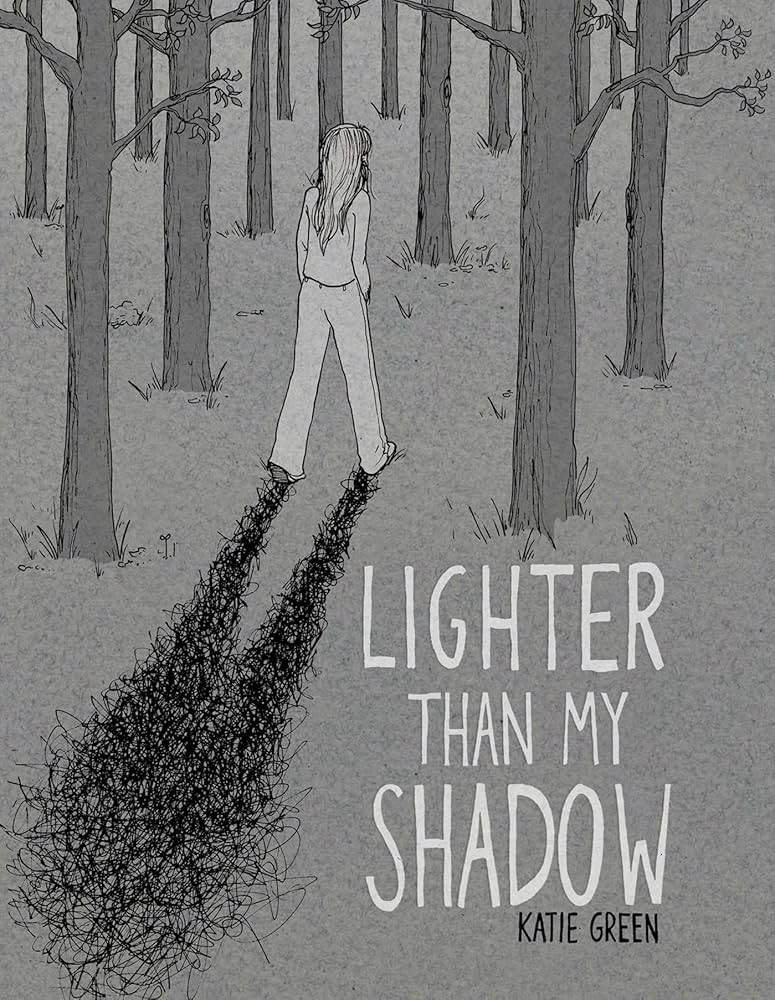Comic books have enjoyed popularity for well over a century, and according to a March 2024 report by the market research firm IBIS World, graphic novels are the most popular product in the $2 billion-a-year comic book publishing sector.
Within the graphic novel sector is a subgenre known as Graphic Medicine, a term coined in 2007 by Dr. Ian Williams, a cartoonist and the founder of a website of the same name. Graphic Medicine provides comprehensive information about the genre, including reviews of new publications and podcasts. Since 2010, they have also sponsored an annual conference – the 2024 conference just wrapped in Athlone, Ireland.
Graphic medicine is also a subset of the field of narrative medicine, which centers patient narratives in clinical practice, research, and medical education. One practitioner within this field is Dr. Benjamin Schwartz, who completed his medical training, but is now a cartoonist for the New Yorker, and a professor of narrative medicine at Columbia University. You can read an interview with him at the website, Doctors Who Create. You can view some of Schwartz’s work for the New Yorker here.
Some graphic works in Himmelfarb's collection include: Graphic guide to infectious disease, The Infographic guide to medicine, and Clinical Ethics: A Graphic Medicine Casebook.
Did you know you can also search for graphic medicine in PubMed? A search of the medical subject heading, “Graphic Novels as Topic” will help you find both comics published within journals, as well as articles which, for example, examine the impact of comics on public health.
Himmelfarb’s Reference and Instruction Librarian Rebecca Kyser, herself a cartoonist, suggests the following titles to help you delve into the world of graphic medicine:

Kid Gloves: Nine Months of Careful Chaos, by Lucy Knisley (available to borrow through our local consortium) follows the cartoonist as she goes through the process of trying to become pregnant, being pregnant, and her birth experience. As she chronicles her own experiences with miscarriage, morning sickness, and preeclampsia, Knisley also explores the history of pregnancy, women’s health, myths and superstitions around miscarriage and pregnancy, and the decisions that factor into the choice to have kids in the first place. Entertaining, emotional, and well-researched, this is a great book for anyone, regardless if they plan to have kids, have kids, or never intend to have kids at all.

The Nib (website): The Nib used to be a magazine publisher of anthology comics, usually all revolving around a specific issue, as well as daily comics. While the magazine stopped publishing last year, the entire site is still live for those who wish to buy back issues or view any of the older strips, which sometimes feature medical themes. There’s plenty to check out such as a comic regarding the Covid-19 pandemic’s impact on the Navajo Nation, living with OCD during Covid-19, and the high maternal mortality Black women face.

Comics for Choice, Second Edition (anthology, currently on New Books Shelf) Published after 2021, this anthology takes a look at the history of abortion in the United States from a range of perspectives. From personal stories about their own abortions to narratives about those who sought to provide access even when the procedure was entirely illegal, this collection showcases the multiple ways reproductive choice and access impact everyone.

Memento Mori by Tiitu Takalo (coming soon to DC Public Library). Takalo, a cartoonist from Finland, tackles her own experience dealing with a cerebral hemorrhage with honesty and a dynamic drawing style. Using color to reflect her own emotions, Takalo takes us through her frightening medical emergency, the monotony of the hospital, and her struggle to access proper health care upon her release. It’s an engaging story bringing to light the reality of an experience most people rarely face themselves

Lighter Than My Shadow by Katie Green (available at DC Public Library). Mental health conditions can be hard to understand, especially given that the symptoms are often internal. By using comics as her medium of choice, Green gives physicality to her own battle with an eating disorder in her teens and college years. Black scribbles follow her from page to page, growing more busy and large as her anorexia worsens. Later, a mouth on her stomach grows and grows as she struggles against the urge to binge food. It’s a difficult read at times – as it should be given what Green was facing – but it explores her own battle with empathy and thoughtfulness.
For a break from studying, or for a way to see the health professions from a different perspective, dive into some graphic medicine!
References
Comic book publishing in the US - market size, industry analysis, trends and forecasts (2024-2029): IBISWorld. IBISWorld Industry Reports. (March 2024). https://www.ibisworld.com/united-states/market-research-reports/comic-book-publishing-industry/#IndustryStatisticsAndTrends Accessed 7/23/2024













































































